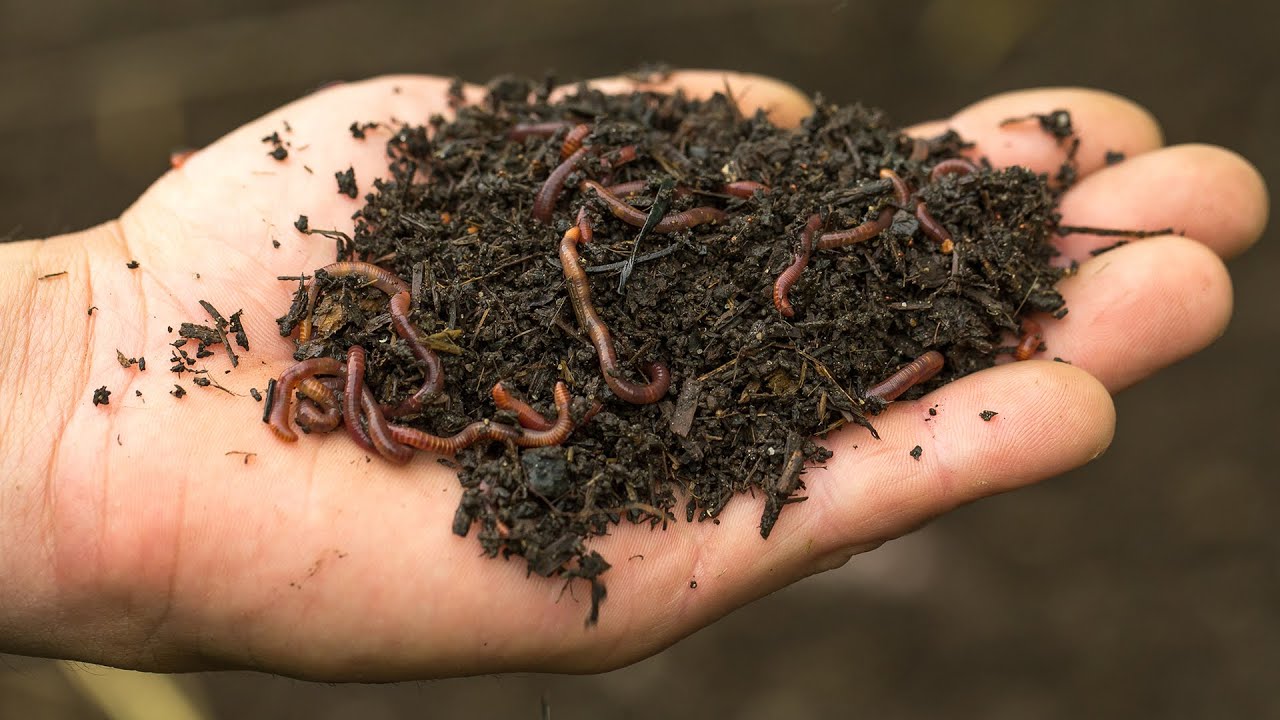“Can you make your worm beds directly into the ground, or do you have to have closed containers?” ~ Margie Calhoun
Hi Margie,
There are actually many different ways you can create worm beds and wormeries.
I have constantly come across with new and innovative ways people come up with to recycle their waste, grow worms and create worm casts, with different techniques more targeted for specific needs.
Regarding your question about placing worms directly into ground or placing them into containers, both are perfectly good depending on what you want to grow your worms for. Let’s start with growing worms directly on ground, there is more than one way to do this.
The more common windrow like worm beds are the easiest to make. Basically create a windrow by layering bedding and compost on a concrete floor until it’s at least about 6-10 inches thick. You can then inoculate the windrow with worms and then start adding your organic matter to the windrow in layers.
Depending whether your windrow is indoors or outdoors, you may need to cover your windrow with a plastic sheet for protection against predators, the weather etc. Note that building a windrow directly on ground will only work on concrete ground. If you are building the windrow on soil you will need a layer of either a woven plastic sheet or a permeable cloth underneath the windrow.
This is to protect your worms and the windrow from being disturbed by moles, rats and other curious animals and annoying pests which can get through by digging underground. If you are raising a particular type of worm, this is even more important as this will prevent other worm species from getting in.
There was a worm farmer I knew who wanted to just raise Eisenia Hortensis (Dendrobaenas or European Nightcrawlers), but because some Eisenia Feotidas got in, it soon out populated the Hortensis because Feotidas breed faster!
If breeding a particular type of worm is not important and you only want some worm cast in your garden, or a means of recycling some of your organic waste then digging a ‘composting trench’ is a possible idea for a mid-scale project. By digging a trench it provides protection from the weather (in particular wind). You will still need to provide a plastic covering to protect it from rain.
This technique is not suitable for food waste as I had mentioned before about pests and unwanted curious animals. But this is perfectly fine for things like manure, grass clippings, hay cardboard etc. The good thing about trenches are that it allows the worms to roam free benefiting the surrounding soil. You will also attract a lot of other critter species increasing the overall microbial life in your garden. The worms will move in and out of the trench depositing casts and aerating the soil nearby.
How about if you want to recycle food waste?
There was one day where I skived off work and went on youtube and found this really good idea called the ‘Worm tower’ introduced by Leonnie Shanahan.
It basically involves drilling holes into ¼ of one end of a tube pipe and digging that portion into the soil. Add some bedding and some worms, then start adding scraps of food and other organic material. Cover the opening of the tube with a mesh and trap it with an inverted flower pot to prevent rain in but allowing oxygen in.
What you will get is a system which essentially contains the same benefits as the trench, but allows for protection for the worms and the waste inside. Food waste is added into the tube which the worms can work on, and the holes in the bottom will allow a range of beneficial organisms (including different types of worms) to come in and out of the system, depositing goodness in the surrounding area!
I am not sure if the composting worms will move away from the food source that much, but you will probably find other worms in the garden coming in to have a piece of the action from the tower. You can watch the video here.
I also read the comments on this video and there were a lot of negativity with the use of PVC. It is true that PVC is a pretty bad plastic because of the harm it causes during its production. So I do agree in only using PVC if it’s some scrap you have found and you want to recycle it instead of sending it to landfill. If you want to buy a new one, do look for a different plastic material.
Breeding worms in closed containers is one whole topic in itself which I will write about soon, and mention a little of below!



